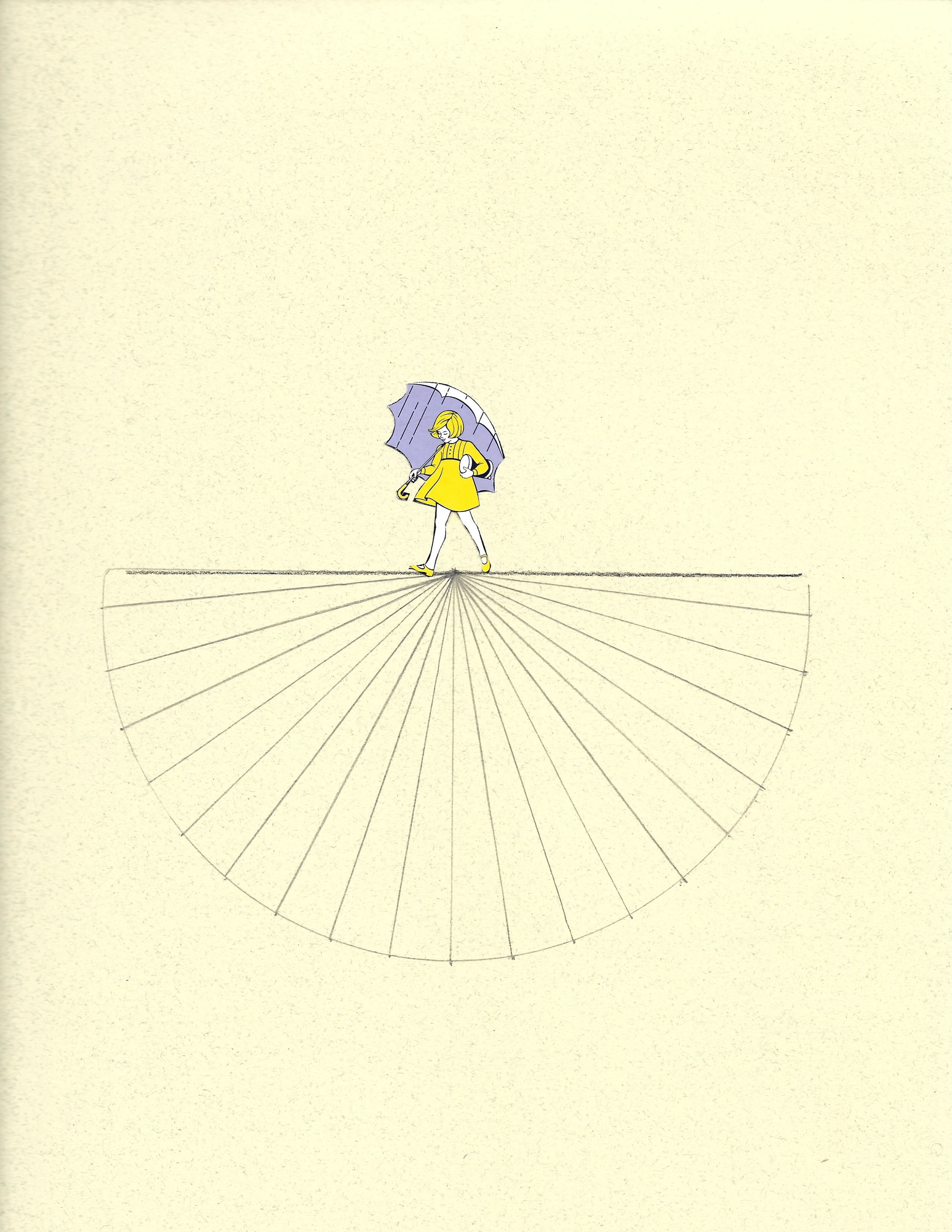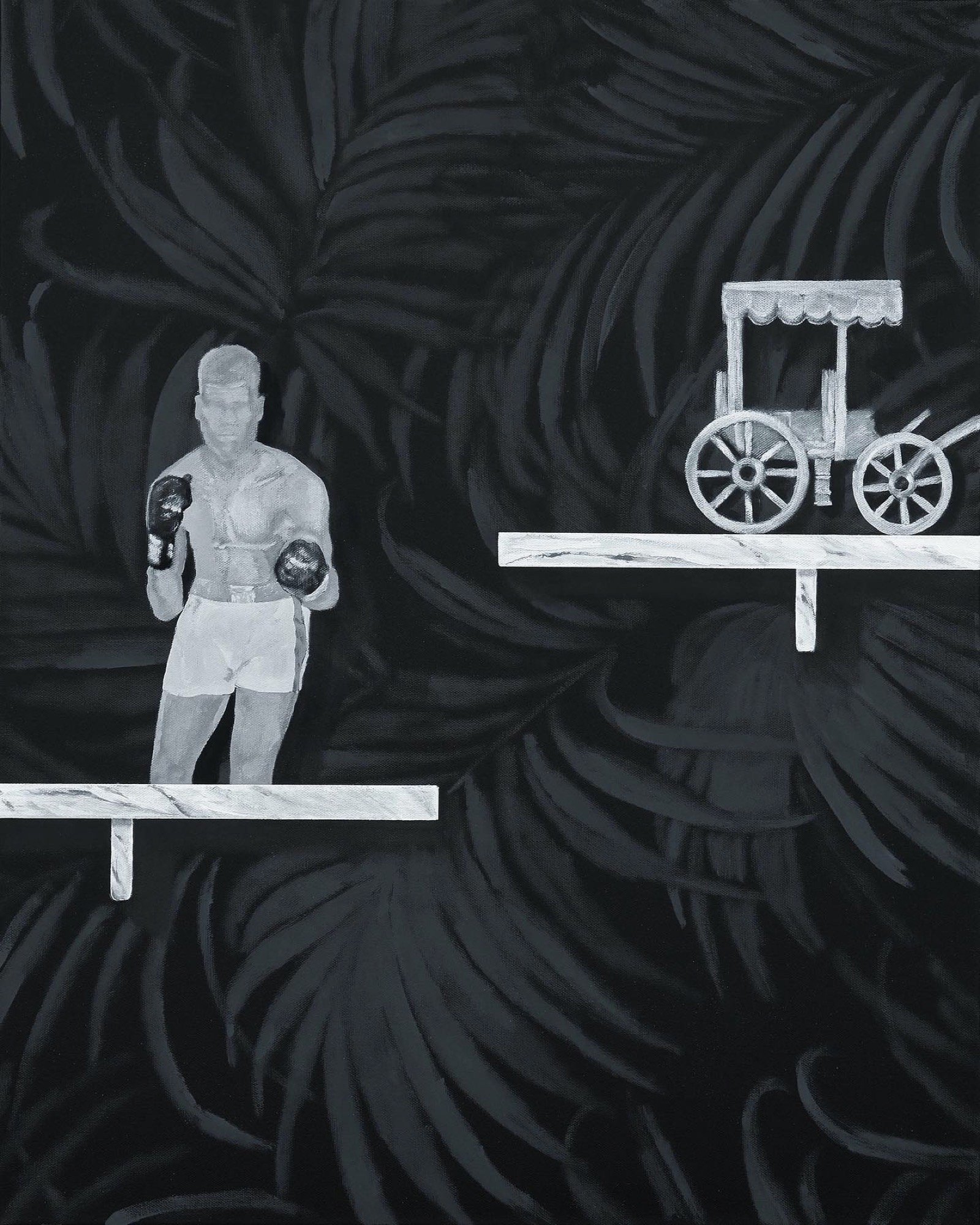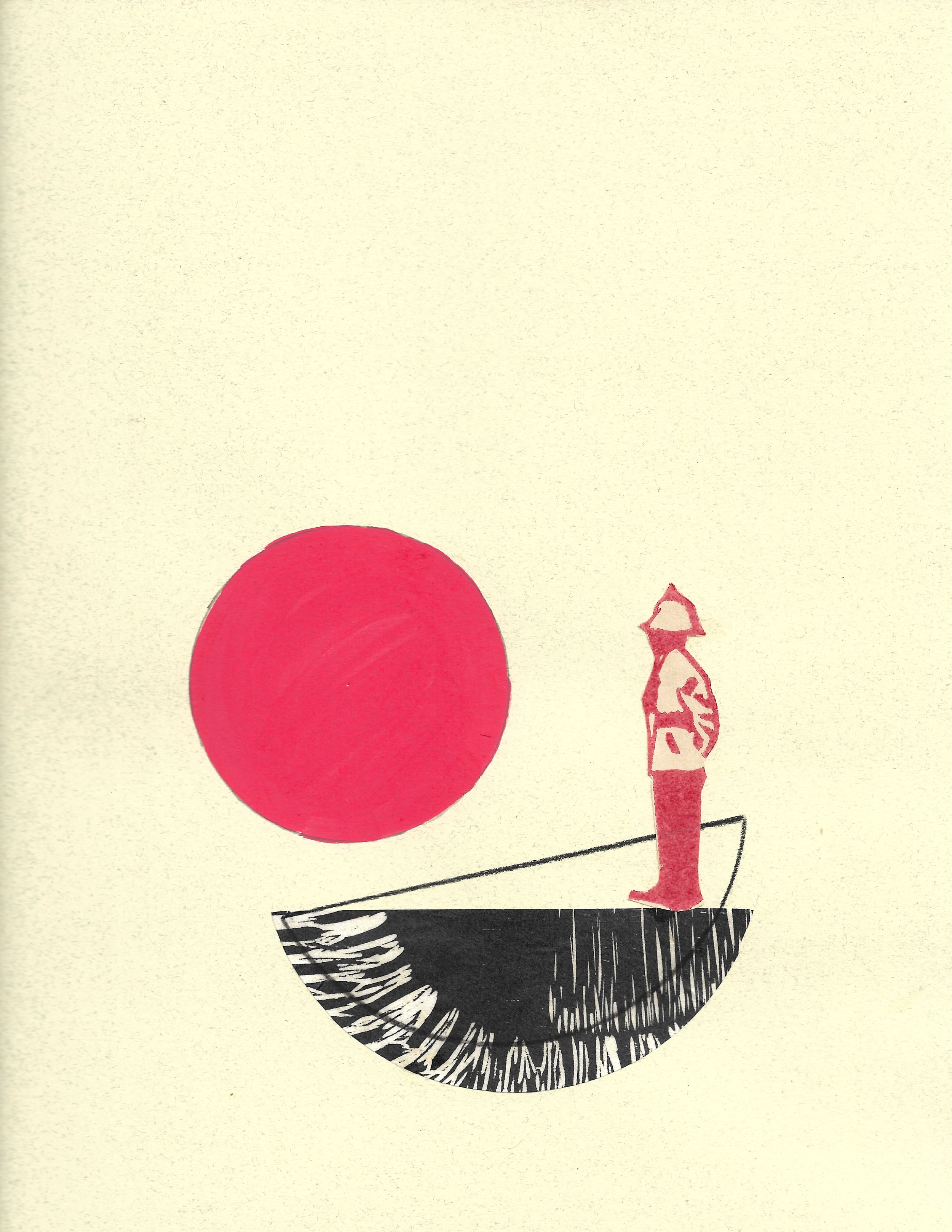
May 25 - July 1, 2023
Balancing Act
Jodi Minnis
Drew Weech
Balancing Act is a two-person show featuring new work by local artists, Jodi Minnis and Drew Weech. The artists—who both hail from Nassau, New Providence, The Bahamas—were paired together for their keen acuity, as both observe their environment with consideration, clarity and critique.
Weech and Minnis’ paintings and drawings (and, in Minnis’ case, sculptures) unpack and reflect upon Bahamian society, its structures and strictures. While there is a literal equilibrium between the artists’ approaches, using clean, graphic lines in many cases to unpack caricatures of the human—specifically Black Bahamian—figure and how it has been perceived and packaged by a largely colonial or touristic gaze, there is also a balance in the works themselves between levity and gravity.
Weech presents the viewer with his sardonic worldview, described in black, white and shades of grey with only the occasional minimal and muted use of colour. In his precise canvases and slightly looser drawings, he illustrates his vision of modern Bahamian society that is mordantly humorous while simultaneously bleak, a revelatory counterpart to the brightly-coloured images with which most equate the country. Men are seen as paper cut-outs who have been literally flattened into a husk by the demands of the tourist industry. His actors—whether male or female—are sad clowns, plastering on a smile when called for, and balancing on a tightrope of existence, while trying to navigate their humanity and retain their dignity and sense of self. His meditation on the “penny divers’’—figures who historically were made to perform by retrieving the coins tossed by newly-arrived tourists on steamer ships—reveals the exhaustion and futility of the tourism merry-go-round.
Minnis, on the other hand, takes the very well-known figures of the Bahamian policeman, standing erect in his starched white uniform and pith helmet—a much-beloved image evocative for many of a romanticized bygone age of perceived safety and security—and the “Mammy” figure, known locally as the “Bahama Mama,” and also calls out the reductiveness of these caricatures, objecting to how they minimize the fullness of Bahamian identity. Both are hollow representations: The “keeper of the peace” in contemporary society is for many, especially Bahamian women, an agent of intimidation and harassment. He is therefore a false idol, a symbol of sham protection and a general loss of trust in public services, initially designed to protect and care for us. The Bahama Mamas meanwhile are actually hollow: a salt-shaker, dinner bell and piggy bank. Not only are their purposes cringeworthy but also their lack of content speaks to assumptions around Black womanhood, that is, vessels expected to be in service or to hold space for the dreams, aspirations, and livelihoods of others. Here the tchotchkes are broken, reclaimed, rejected and made safe, transformed from tourist knick-knacks to sculptural totems that not only reject but protect.
In “Balancing Act,” both artists are skewering facile images, while also bringing their observations to bear in their personal orbit, baring an intimacy with the viewer. For Weech the performative aspect of tourism can be paralleled with the artworld, where the creator is also expected to play act; for Minnis, she directly inserts herself into the images to reflect on her own experiences around expectation and desire. While the content for both is profound, there is an allowance for a tongue-in-cheek drollness in the works as the artists balance that fine line between the tragicomic.








Jodi Minnis
Minnis is a visual artist whose practice contends with multiplicity through the lens of gender, race and culture. Utilizing drawing, collage, sculpture and performance, she scrutinizes the traditional representations and tropes around Black, specifically Bahamian, women.
Drew Weech
Drew Weech is a painter based in Harlem, New York, who explores various historical and contemporary archetypes to vivify his own conflicted feelings about the notion of “home.” Working primarily in black and white, his practice rejects notions of a single-story by diffusing the space between the past and the present.
